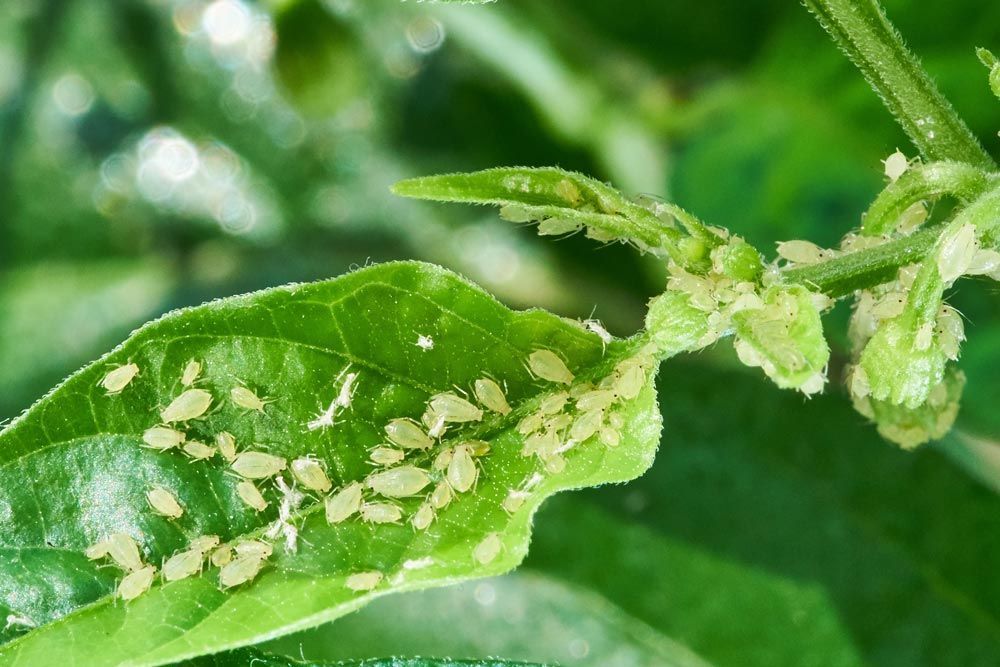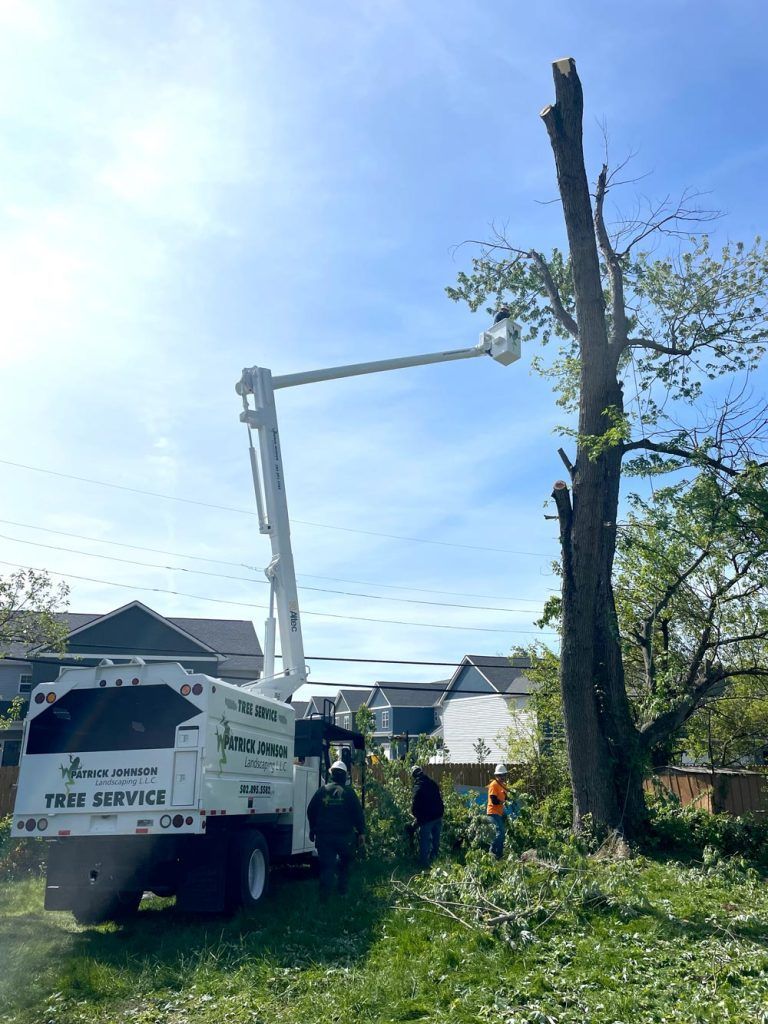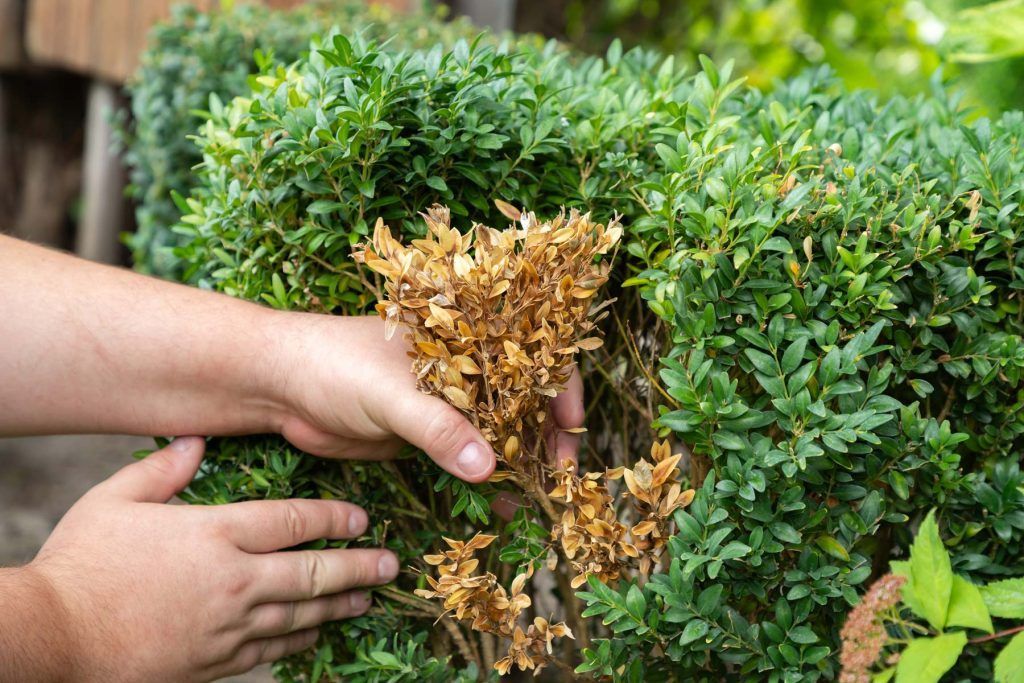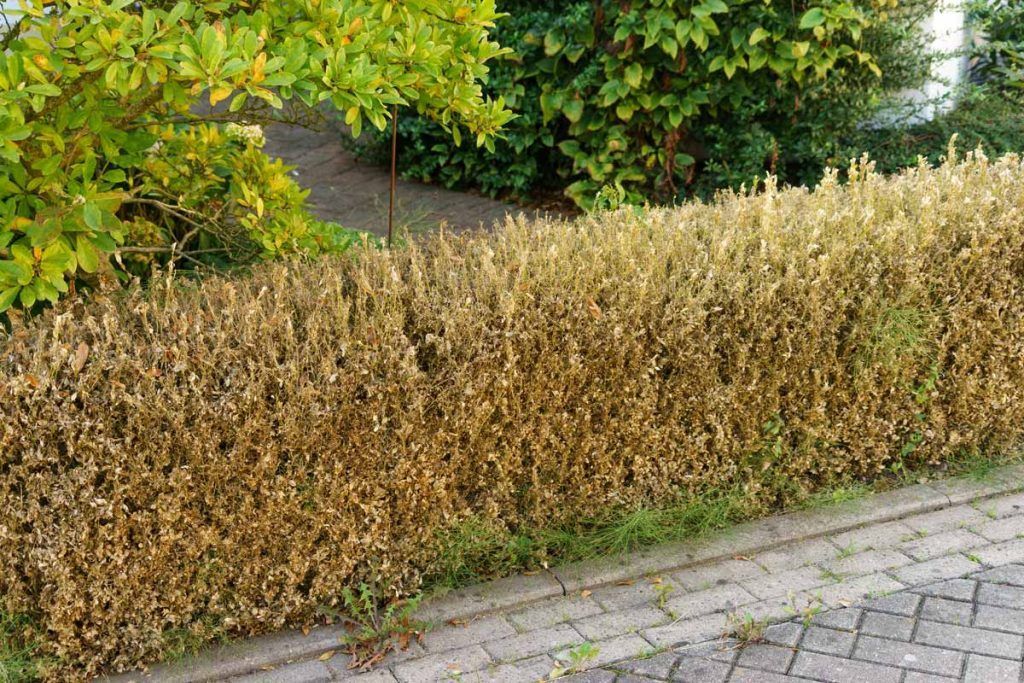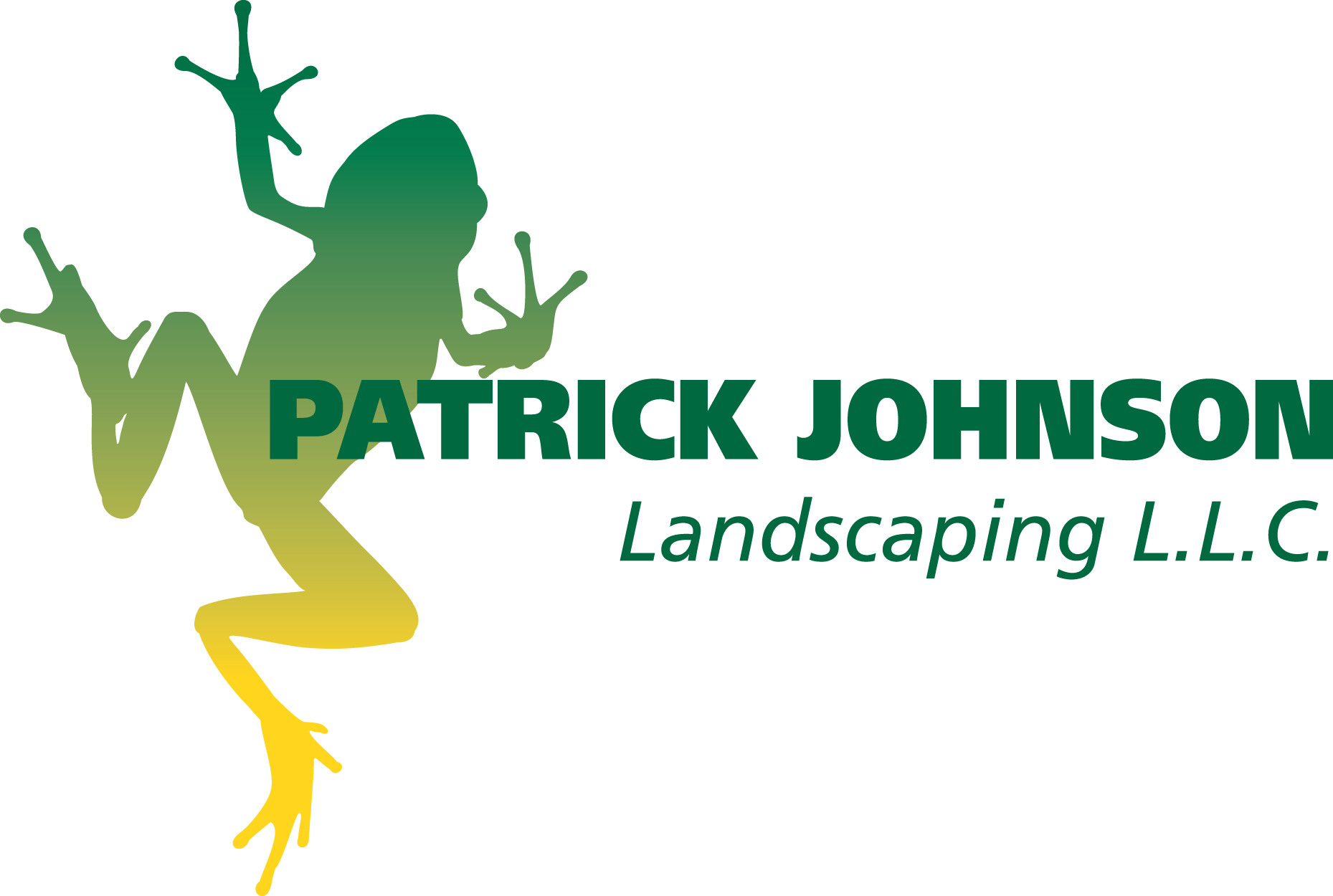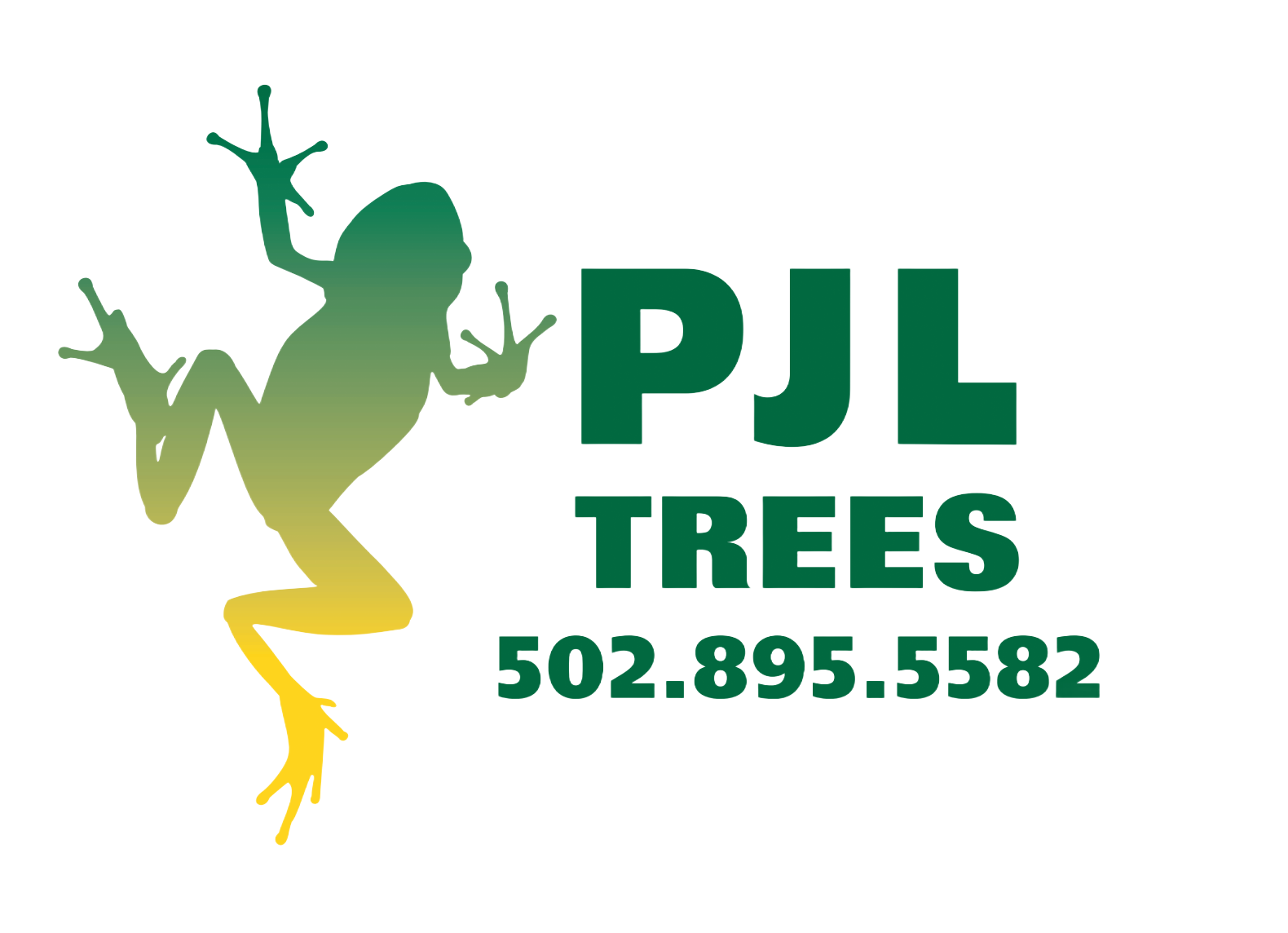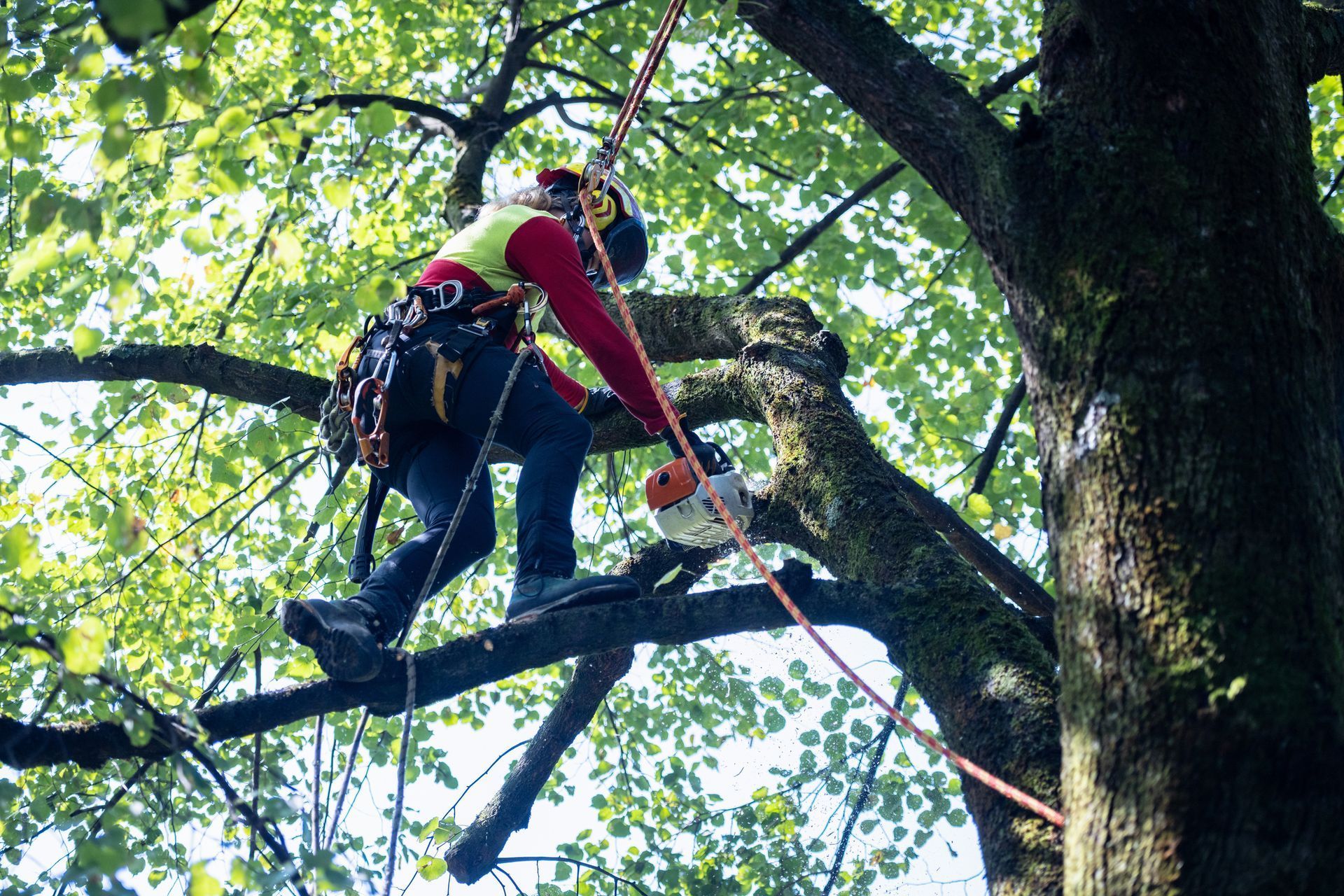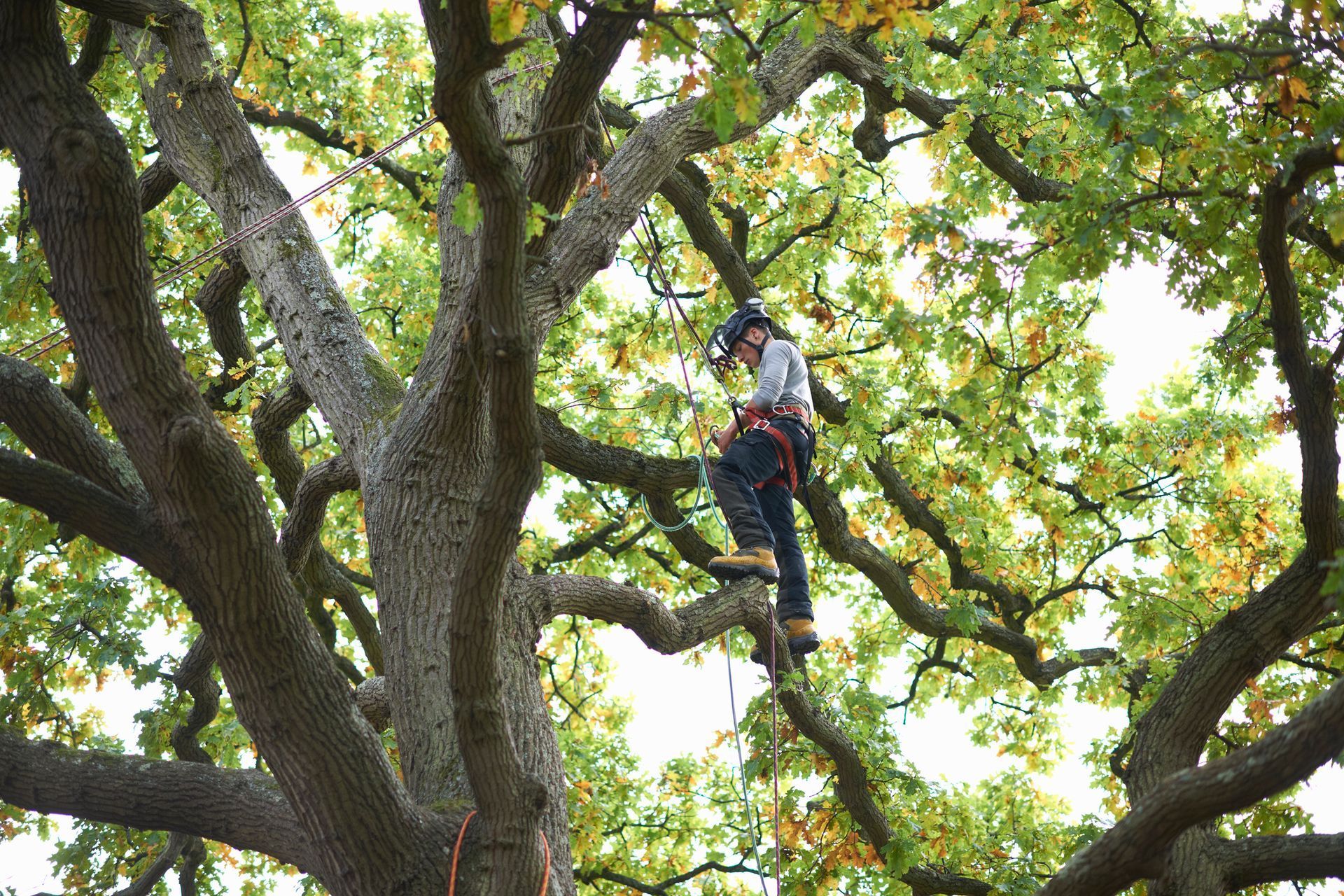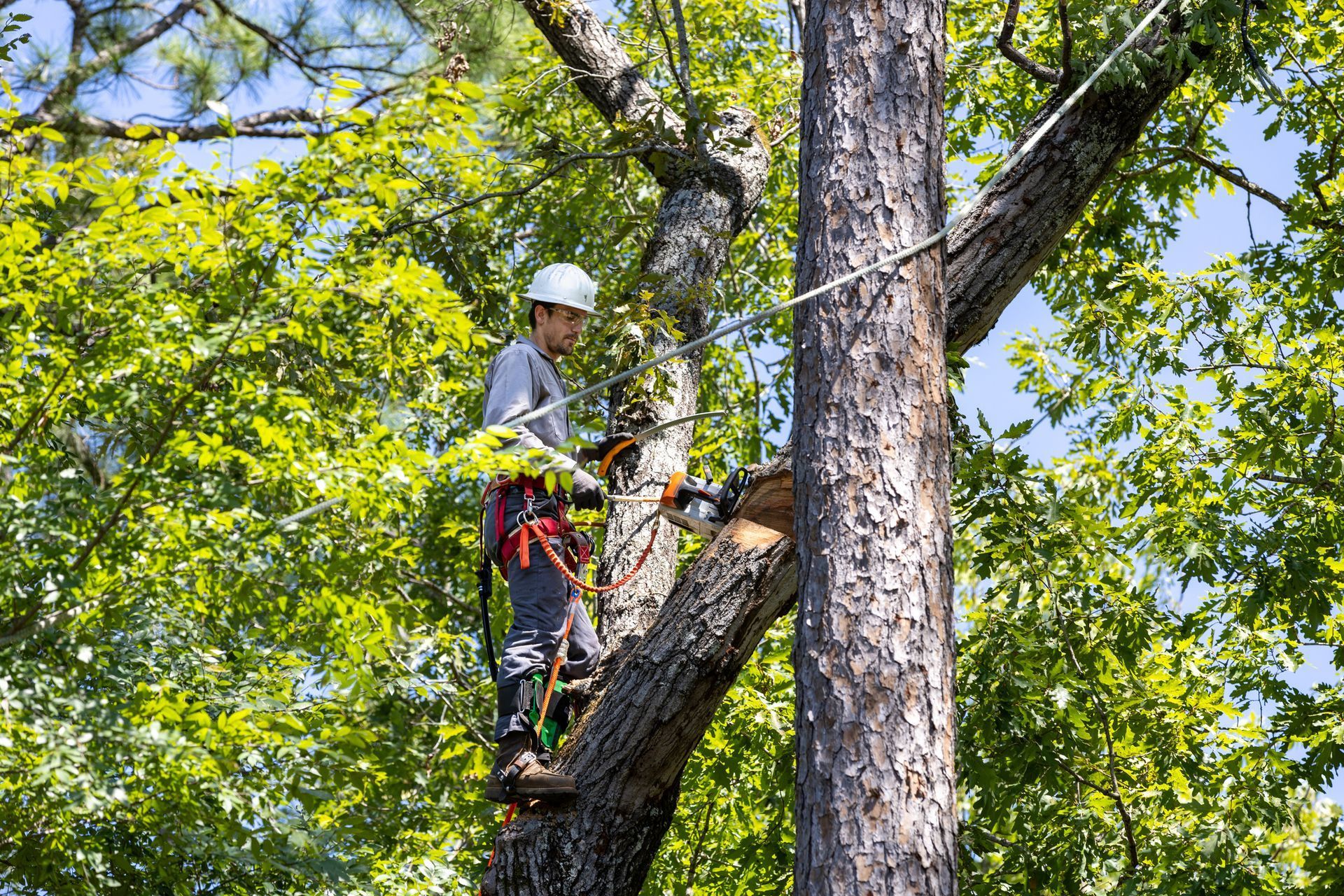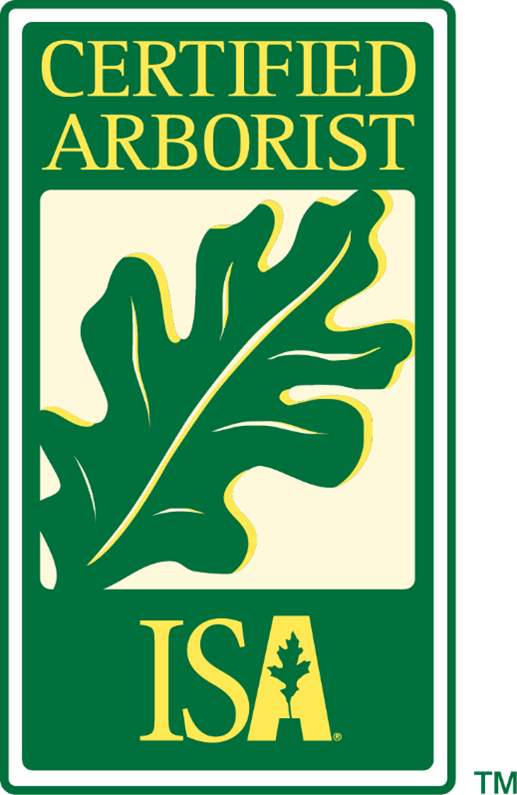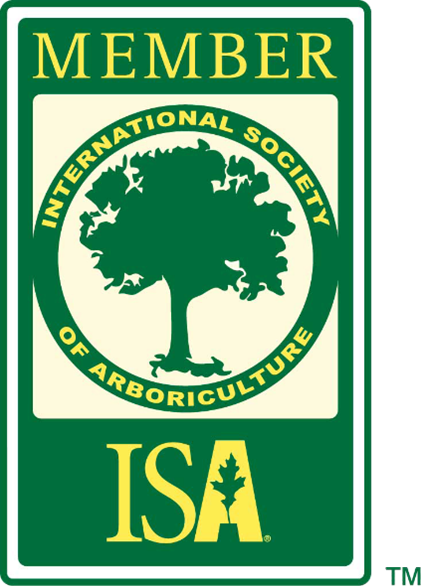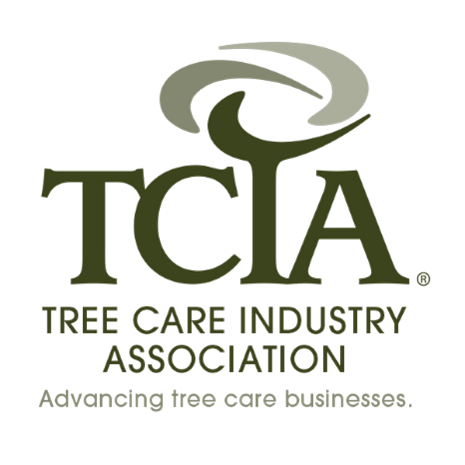Crane-Assisted Tree Removal: When It's Needed, What to Expect, and Expert Help
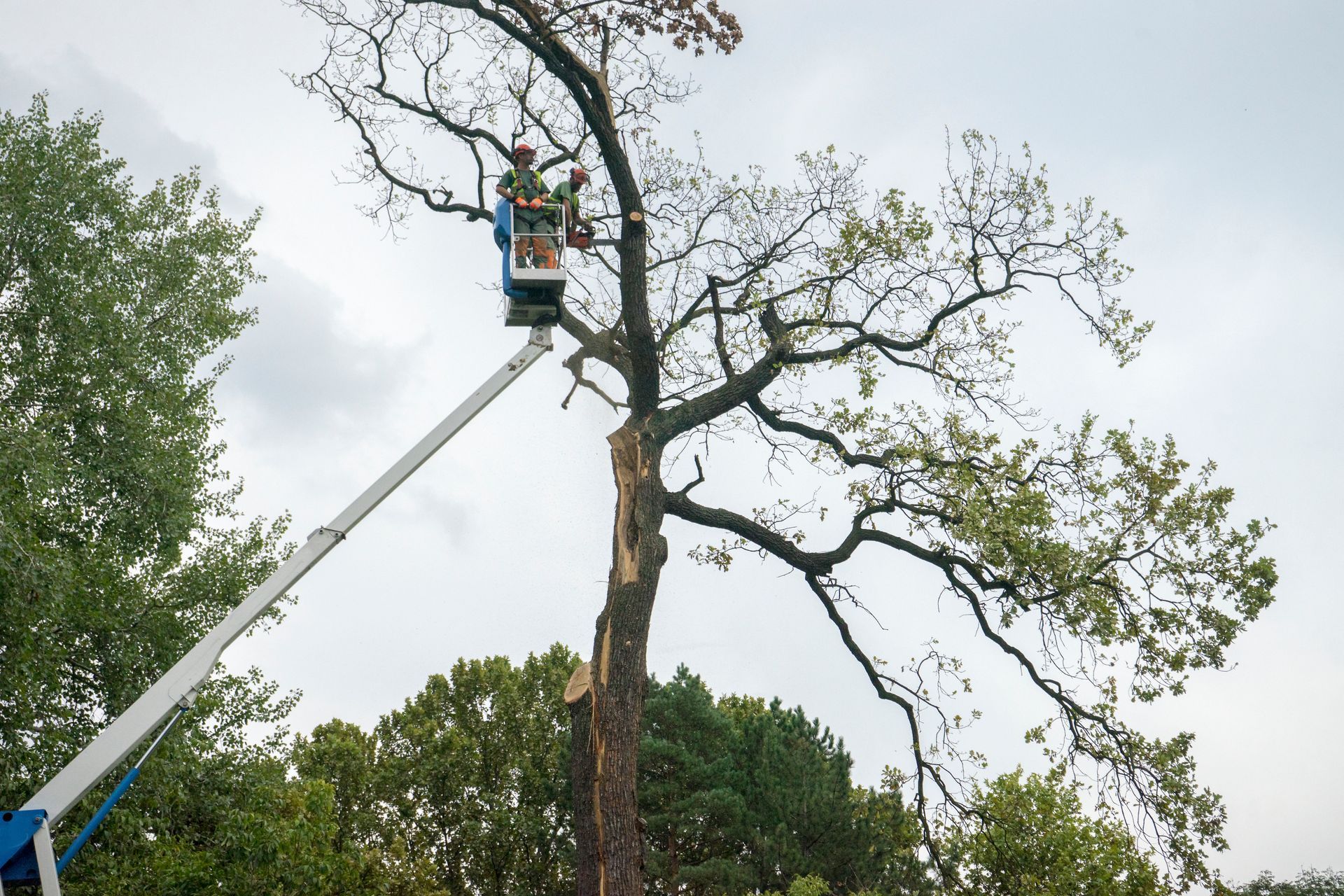
When Is Crane-Assisted Tree Removal Necessary
- Proximity to Structures : Trees located near homes, fences, power lines, or other structures pose a risk during removal. Cranes allow for precise lowering of tree sections, minimizing potential damage. ( A-1 Tree Service )
- Limited Access : In areas where traditional equipment cannot reach, such as narrow yards or properties with obstacles, cranes provide the necessary reach and maneuverability. ( Monster Tree Service )
- Large or Hazardous Trees : For exceptionally large trees or those in poor health, cranes facilitate safe and efficient removal by lifting heavy sections without endangering workers or property. ( mwtrees.com )
- Emergency Situations : After storms or other events, trees may become hazardous. Cranes enable rapid response to remove dangerous trees and prevent further damage. ( Arbor Solutions Tree Care, Inc )
What to Expect During Crane-Assisted Tree Removal
- Assessment and Planning : Arborists evaluate the tree's condition, location, and surrounding environment to devise a safe removal plan.
- Permitting and Notifications : Depending on local regulations, permits may be required. Additionally, utility companies might need to be notified if the tree is near power lines.
- Crane Setup : A crane is positioned strategically to access the tree without causing damage to the property.
- Tree Removal : Tree sections are carefully cut and lifted by the crane, then lowered to the ground for processing.
- Cleanup : After removal, the area is cleared of debris, and the site is restored.
Throughout the process, safety is paramount. Professional arborists and crane operators work in tandem to ensure a smooth and secure operation.
Expert Help: PJL Tree Services
